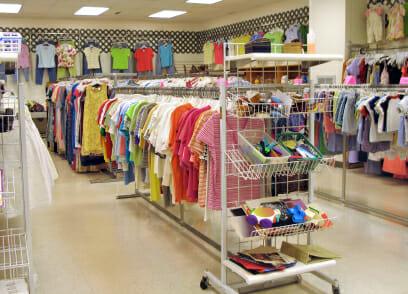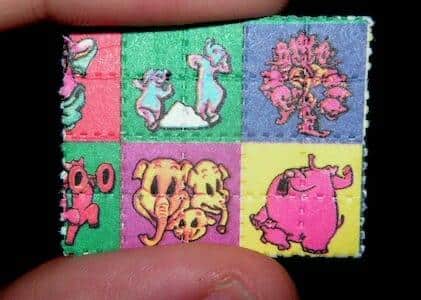Consignment stores haven’t always been fashionable. In many areas they’re considered only a small step above Goodwill or Salvation Army. The perception is that they are smelly, overcrowded corners of the retail world where ugly clothes go to die.
Nothing could be further from the truth. Not in this economy.
Consignment stores are back – with a vengeance and social media marketing skills. The “new” world of consignment features designer clothes with the tags still on them, jeans and t-shirts in mint condition, perfect but unwanted shoes, and gorgeous accessories that have been rescued from overcrowded closets. Most are selling for 50 to 80 percent off their original sticker prices, creating killer deals for savvy shoppers.
 Some of the sharp rise in quality has to do with quantity. Americans are increasingly switching their mindset away from the “more, more, more” mantra that guided the consumer splurges of the last decade. They’re looking at their closets and their lives and wondering why they ever bought some of “this junk” to begin with. They no longer want to be burdened with the evidence of previous excesses. They’re cleaning out and cutting back, but they don’t want to throw things out. Instead, it’s heading for the consignment shop.
Some of the sharp rise in quality has to do with quantity. Americans are increasingly switching their mindset away from the “more, more, more” mantra that guided the consumer splurges of the last decade. They’re looking at their closets and their lives and wondering why they ever bought some of “this junk” to begin with. They no longer want to be burdened with the evidence of previous excesses. They’re cleaning out and cutting back, but they don’t want to throw things out. Instead, it’s heading for the consignment shop.
The big uptick in usage and popularity for consignment shops started in 2008. Between January and August of 2008, the National Association of Resale and Thrift Shops (NARTS) reported that its 1,000 member stores were looking at an average sales increase of 35 percent. Some 85.8 percent of stores were reporting an increase in new customers, and 74.5 percent reported new suppliers or donors coming through the doors. Since then, the Wall Street Journal reports that increases have continued as shoppers seek a way to offload unwanted goods for a profit and pick up great clothes for less.
In response, the consignment industry has brushed off its old reputation and gotten hip to the times. Take Mosh Posh, a Tampa-based consignment store, as an example. The store opened in 2009, just as the consignment market was really picking up. The owner, Justin Basil, had gotten hooked on consignment stores the previous year when his wife consigned some of her clothes at what he called a “typical” shop – old, dowdy, and unfashionable. He thought of improvements and went hip and modern with his own store. He also went online – Mosh Posh is the most popular consignment store on Facebook, with nearly 16,500 fans.
Mosh Posh is not alone in using social media to help market what’s in stock and develop a fan following. Many consignment operations are branching out from their local roots and cultivating customers across the United States and even overseas. Suddenly, these stores are no longer back corner affairs for locals – you can get deals sent to you by ordering online and follow your favorite consignment stores to keep up on what’s new in the store.
Loyalty to a consignment store as a top shopping spot? Times are changing, indeed. Still, your inner bargain hunter shouldn’t be too surprised. “Once people find that great bargain, they’re hooked,” says Adele R. Meyer, executive director of NARTS.
If you are bringing in clothes for consignment, remember that the competition is heating up and standards are high. Mint condition clothing, lightly worn shoes, and of course, things with the tags still on them are what’s highly desired. Seasonal wear will sell differently than clothing appropriate year-round, and accessories tend to be a mixed bag. Accept that storeowners are experts on pricing, and read payment agreements carefully.
To make the most out of a consignment shopping trip, pay attention to what the store offers and give yourself plenty of time to try things on (most stores have dressing rooms). Some consignment stores focus on menswear, while others focus on women’s wear or children’s clothes. Even in stores that you know have clothes you like, it can be an adventure uncovering the perfect look. Give yourself time to experiment and make it fun, knowing that at the end of the day you’ll have found a new look for much, much less than regular retail prices.
©2011 Off the Grid News










